Wichita Blue Juniper Care: Tips For Growing Wichita Blue Junipers
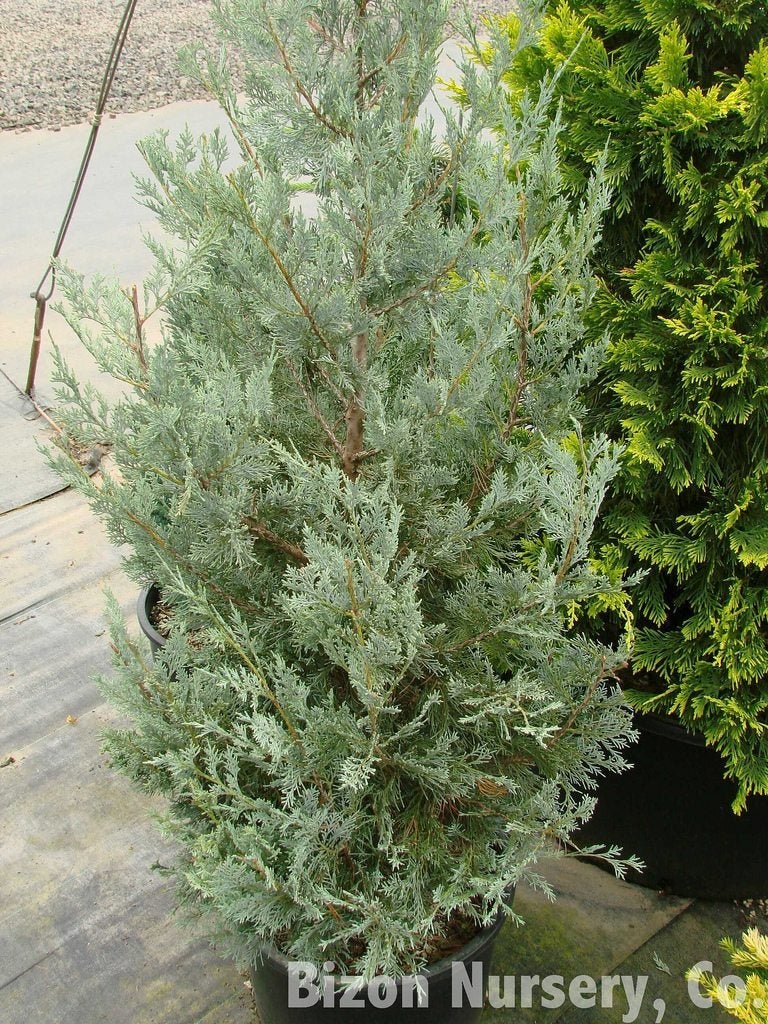

Wichita Blue juniper trees have an attractive broad-pyramid form that works well in a screen or hedge. With gorgeous silver blue foliage all year long, these cultivars turn heads wherever they are planted. For more Wichita Blue juniper information, including tips on where to grow Wichita Blue juniper, read on.
Wichita Blue Juniper Information
Wichita Blue juniper trees (Juniperus scopulorum 'Wichita Blue') are a cultivar of the tree called Rocky Mountain juniper or Colorado red cedar, native to the Rocky Mountains. The species tree can grow to 50 feet (15 m.) tall and 20 feet (6 m.) wide. If you like the look of a Rocky Mountain juniper but have a small garden, Wichita Blue is a good alternative, as this cultivar grows slowly to about 15 feet (5 m.) tall, although it can grow somewhat taller over time. Wichita Blue juniper trees have attractive blue or silvery blue foliage. The color remains true all year long. Another advantage of growing Wichita Blue junipers is the fact that they are all male. This means that you don’t have berries releasing seeds in your yard. That makes Wichita Blue juniper tree care easier.
Where to Grow Wichita Blue Juniper
If you want to start growing Wichita Blue junipers, you’ll be happy to learn that their hardiness range is the same as the species plant. They thrive anywhere in USDA plant hardiness zones 3 through 7. When you start growing Wichita Blue junipers, site them in a location that gets direct sun. These trees need at least six hours a day of sun to thrive. In order to minimize Wichita Blue juniper care, plant these trees in sandy soil. Excellent drainage is key for junipers and wet soils will kill the plants. That doesn’t mean that Wichita Blue juniper care doesn’t include irrigation. When planting Wichita Blue junipers, you’ll need to water them thoroughly during the first few growing seasons in order to help them establish a deep and extensive root system. Once Wichita Blue trees are established, they are waterwise. You’ll only need to water occasionally. In terms of feeding, don’t overdo it. You can work in organic compost or apply a general-purpose fertilizer. Do this in spring before new growth begins.
Gardening tips, videos, info and more delivered right to your inbox!
Sign up for the Gardening Know How newsletter today and receive a free copy of our e-book "How to Grow Delicious Tomatoes".

Teo Spengler is a master gardener and a docent at the San Francisco Botanical Garden, where she hosts public tours. She has studied horticulture and written about nature, trees, plants, and gardening for more than two decades. Her extended family includes some 30 houseplants and hundreds of outdoor plants, including 250 trees, which are her main passion. Spengler currently splits her life between San Francisco and the French Basque Country, though she was raised in Alaska, giving her experience of gardening in a range of climates.
-
 Types Of Tomatoes Explained: Explore The Many Wonderful Shapes, Colors, Flavors, & Best Uses
Types Of Tomatoes Explained: Explore The Many Wonderful Shapes, Colors, Flavors, & Best UsesThe world of tomato varieties is vast and fascinating. Learn about the key types to grow in your garden, tailored to your preferences and space.
By Amy Grant
-
 Try The Trend – Turn Any Bed Into A Keyhole Garden With This Clever In-Ground Composter
Try The Trend – Turn Any Bed Into A Keyhole Garden With This Clever In-Ground ComposterKeyhole gardening is an efficient and sustainable practice that saves space. Get started on this DIY project quickly and easily with an in-ground composter.
By Bonnie L. Grant
-
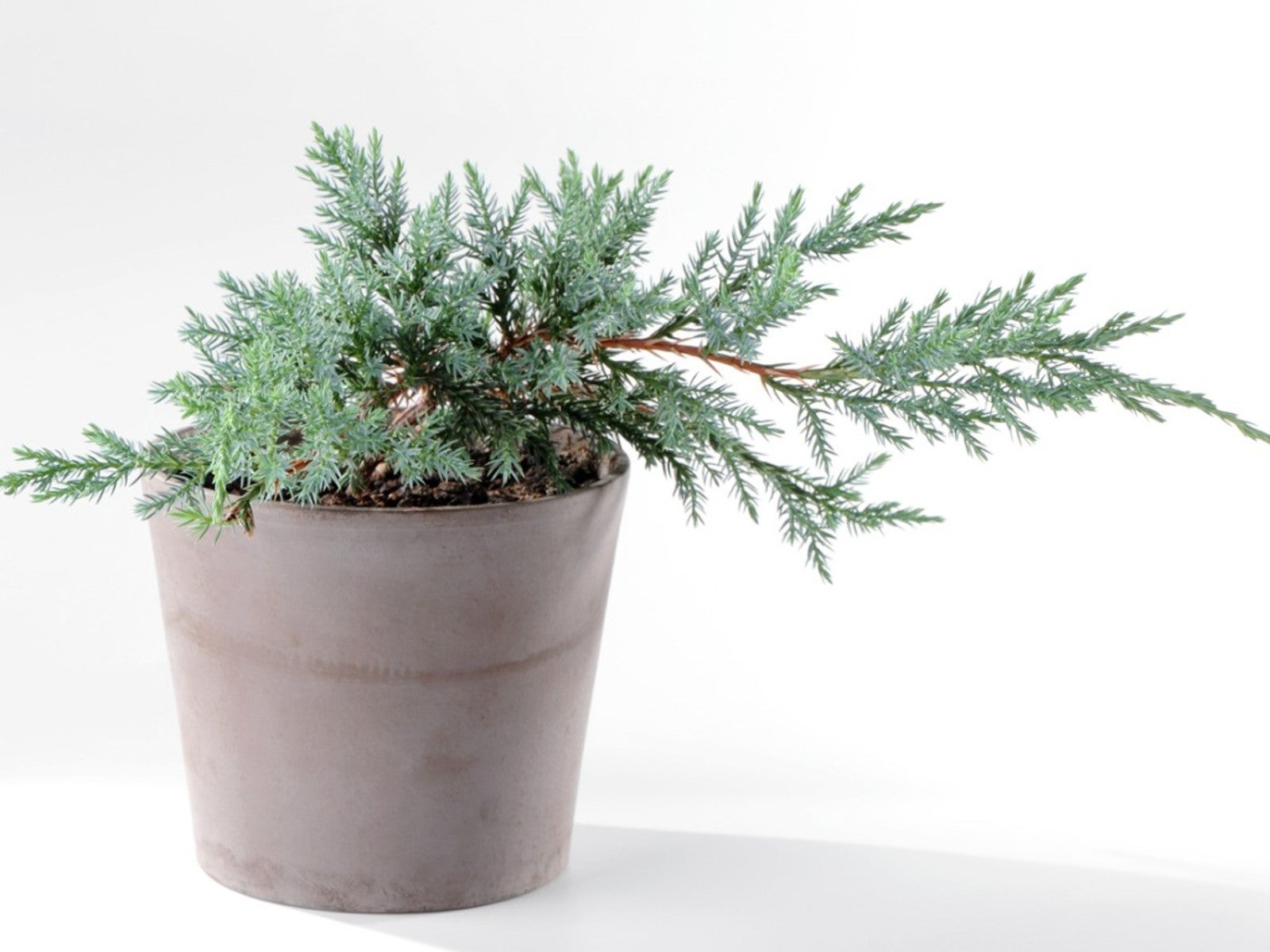 How To Grow A Potted Juniper: Caring For Juniper Trees In Containers
How To Grow A Potted Juniper: Caring For Juniper Trees In ContainersSmall juniper trees grow well in containers. Click here for information on how to care for potted junipers.
By Teo Spengler
-
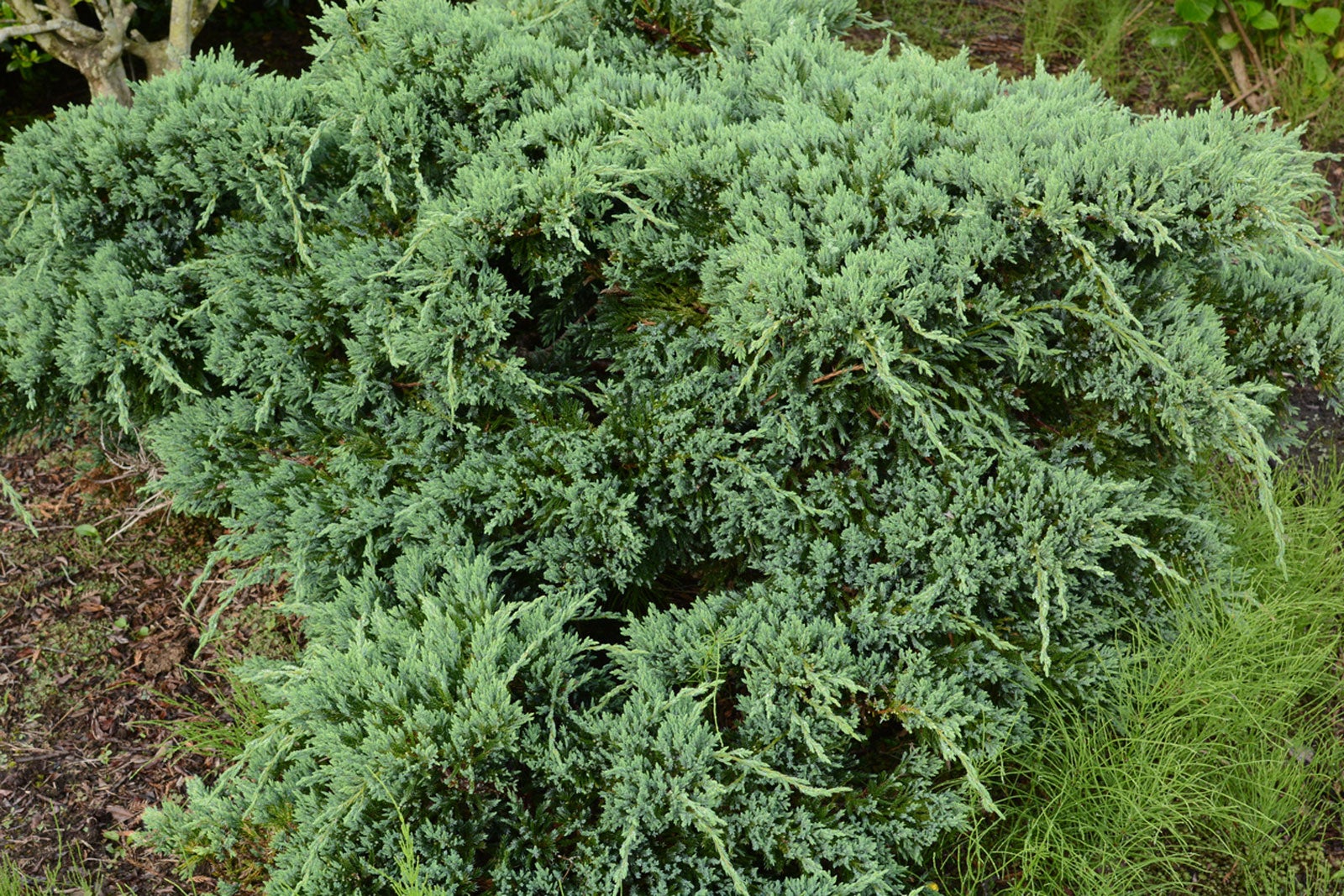 Japanese Juniper Care – How To Grow A Japanese Juniper Plant
Japanese Juniper Care – How To Grow A Japanese Juniper PlantIf you want a "set and forget" type of plant, Japanese juniper care is minimal and easy once established. For more information about this shrub of low heights and how to grow it in your garden, click the following article.
By Bonnie L. Grant
-
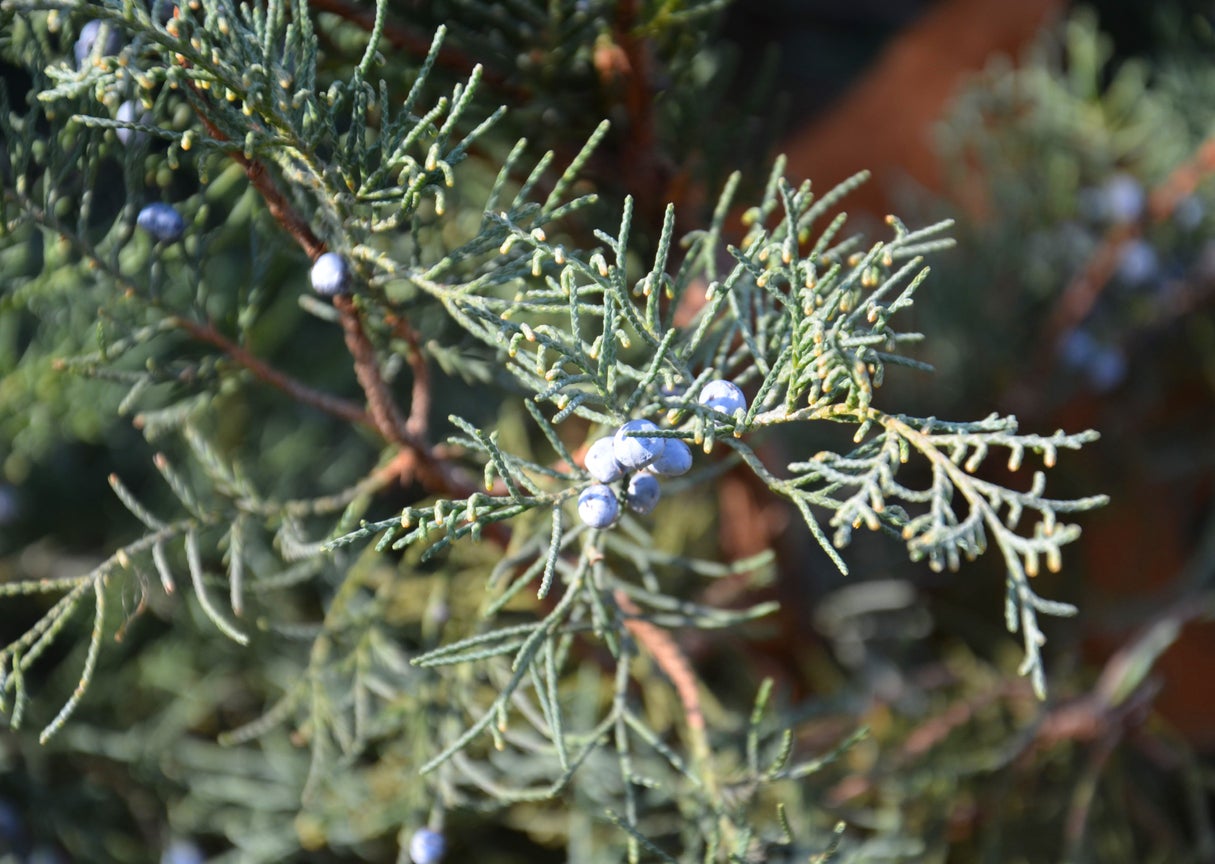 Mountain Cedar Information: Is Mountain Cedar Pollen Causing You Problems
Mountain Cedar Information: Is Mountain Cedar Pollen Causing You ProblemsMountain cedar is a tree with a common name full of contradictions. The tree is not a cedar at all, and its native range is central Texas, not known for its mountains. In fact, trees called mountain cedar are actually ashe juniper trees. Click here to learn more.
By Teo Spengler
-
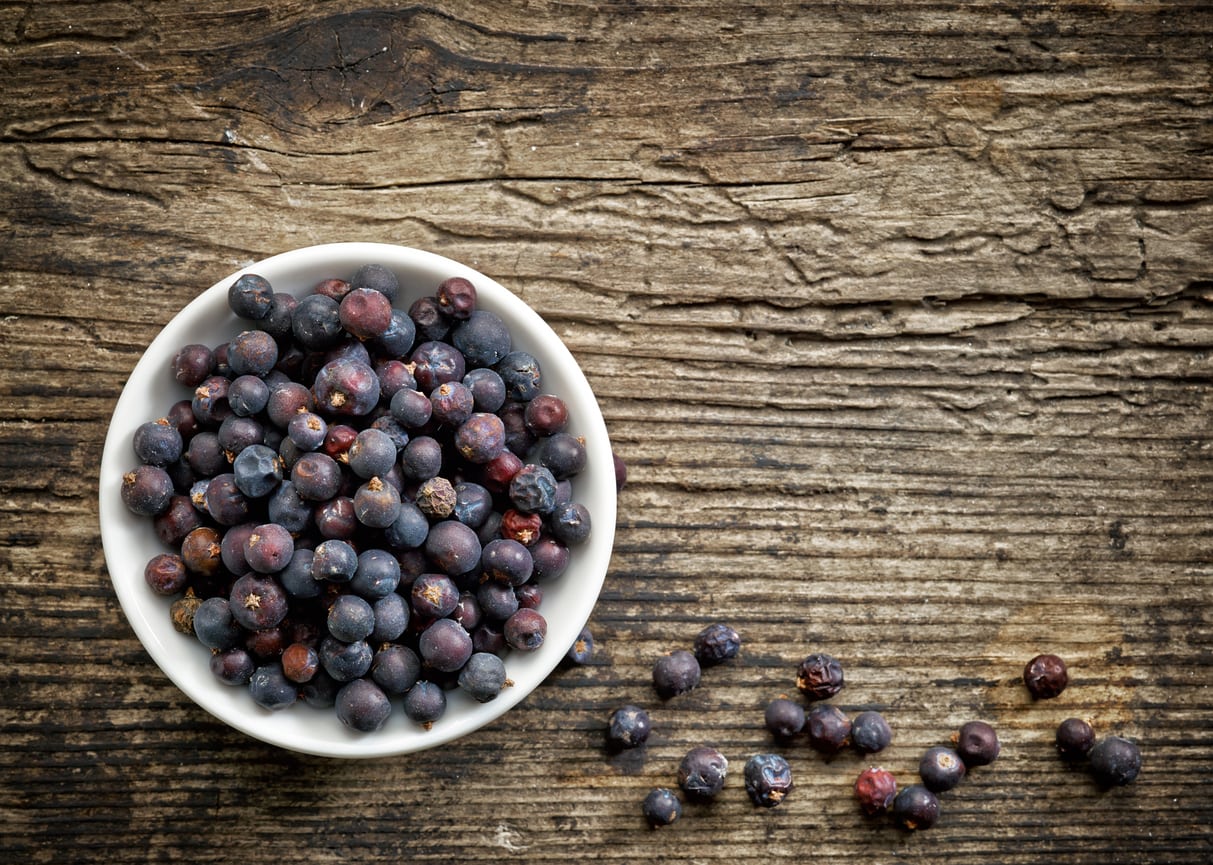 Are All Juniper Berries Edible – Is It Safe To Eat Juniper Berries
Are All Juniper Berries Edible – Is It Safe To Eat Juniper BerriesJuniper berries have been used as a strong flavoring for wine, mead, and other alcoholic beverages, as well as a spice for meats, stews, sauerkraut, and other dishes. Upon reading this, you may be wondering are all juniper berries edible? Click here for that answer.
By Darcy Larum
-
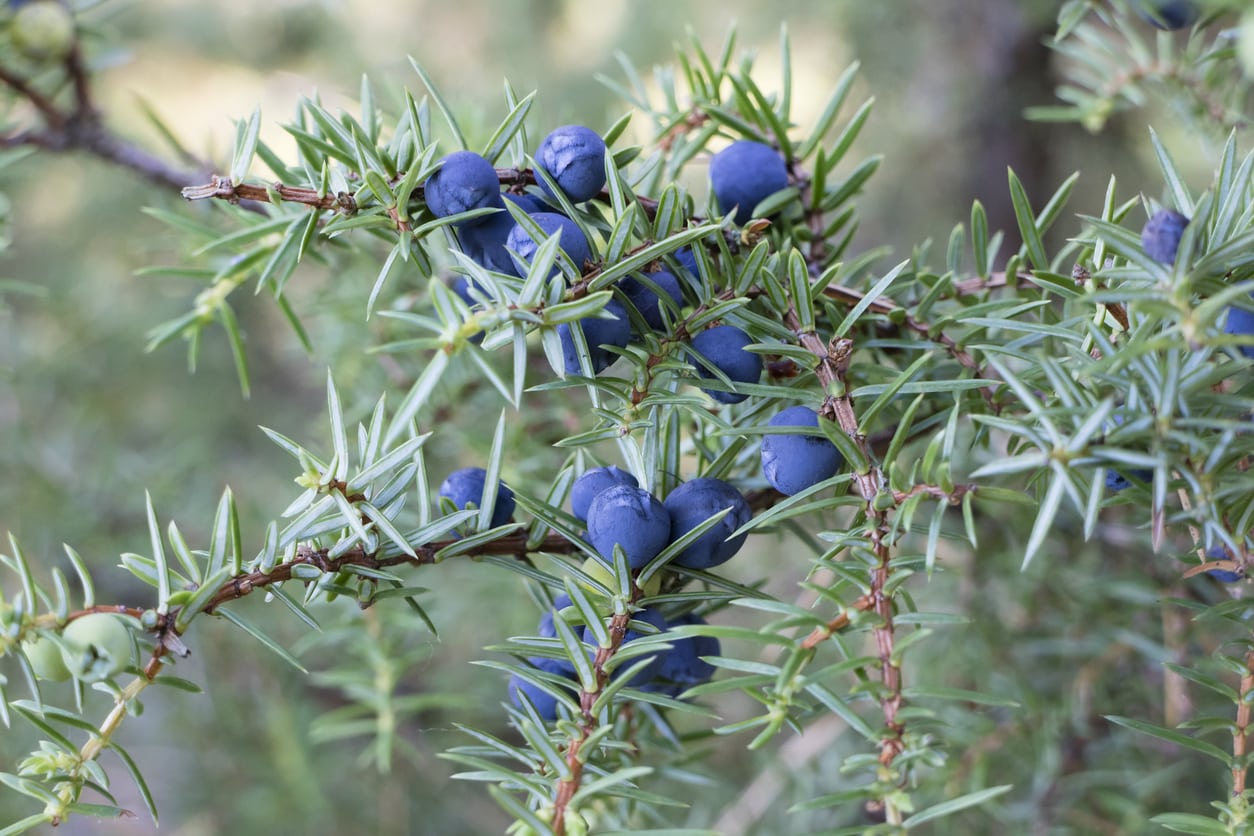 Juniper Berry Uses – What To Do With Juniper Berries
Juniper Berry Uses – What To Do With Juniper BerriesGiven that they are prolific and the fruit looks so much like a berry, the natural question is ‘can you eat juniper berries?” If so, what do you do with juniper berries? Click on the following article to find out how to use juniper berries along with some useful juniper berry recipes.
By Amy Grant
-
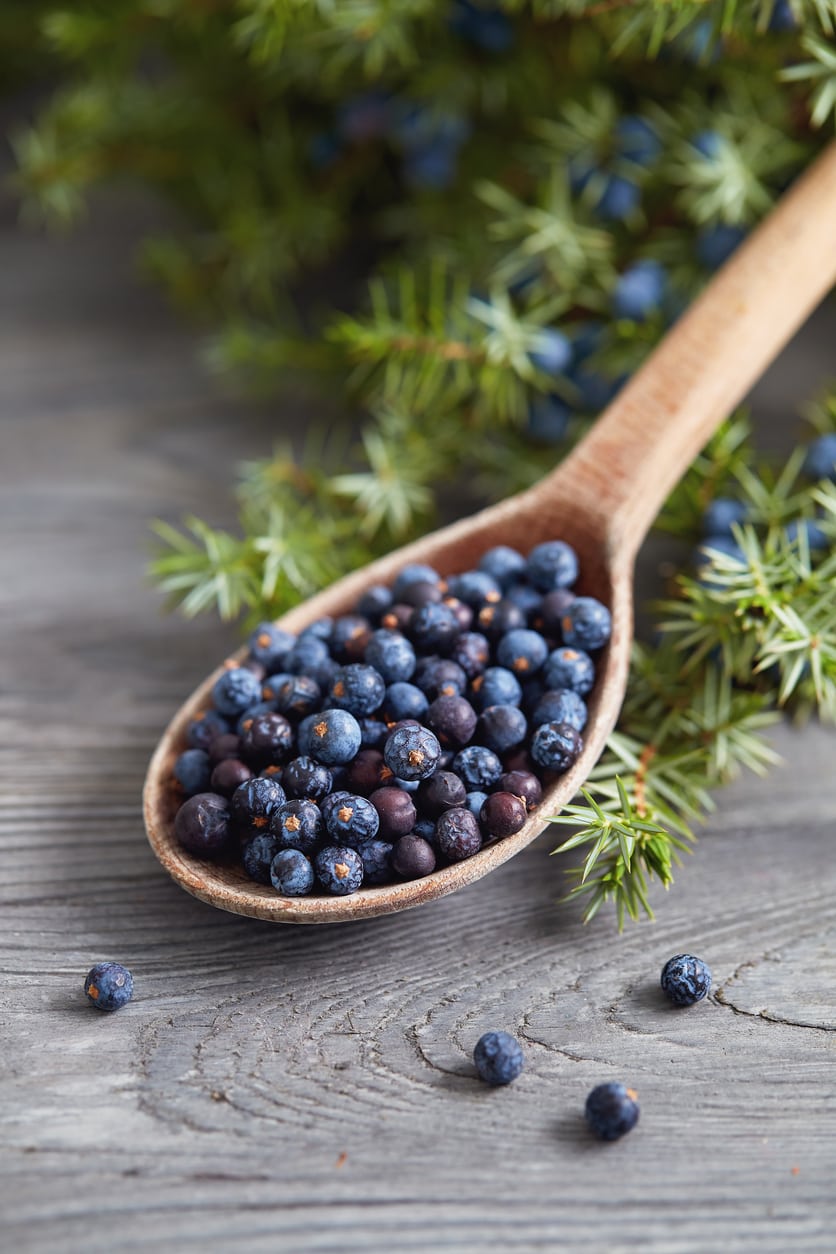 Juniper Berry Harvest Tips: How To Pick Juniper Berries
Juniper Berry Harvest Tips: How To Pick Juniper BerriesMany junipers produce berries that are toxic and inedible, but Juniperus communis berries are edible! Safe, aromatic and interesting, learn how to know which ones are safe how to harvest them.
By Bonnie L. Grant
-
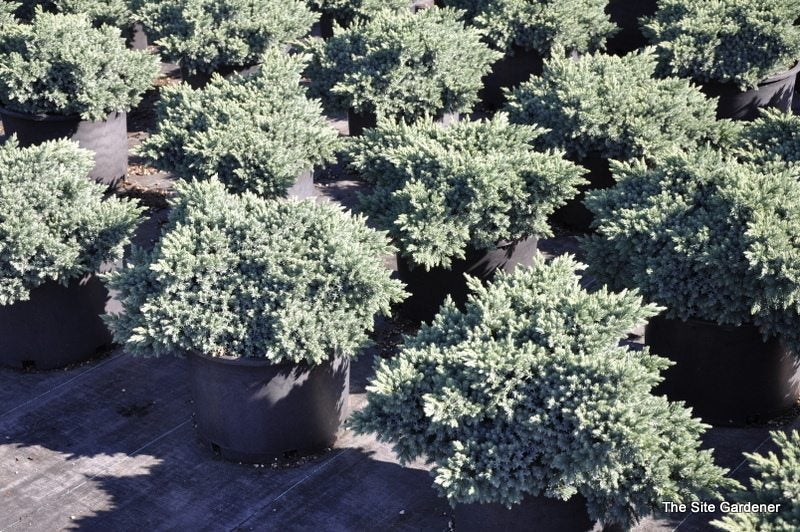 Growing Juniper ‘Blue Star’ – Learn About Blue Star Juniper Plants
Growing Juniper ‘Blue Star’ – Learn About Blue Star Juniper PlantsWith a name like "Blue Star," this juniper sounds as American as apple pie but, in fact, it is native to Afghanistan, the Himalayas, and western China. Gardeners love Blue Star for its thick, starry, blue-green foliage and its graceful rounded habit. Learn more here.
By Teo Spengler
-
 Can You Prune An Overgrown Juniper – Tips For Overgrown Juniper Pruning
Can You Prune An Overgrown Juniper – Tips For Overgrown Juniper PruningJuniper shrubs and trees are a great asset to landscaping. But sometimes, like the best things in life, they get away from us. What was once a smart shrub is now a wild, overgrown monster. So what can you do with a juniper that?s gotten out of hand? Find out here.
By Liz Baessler